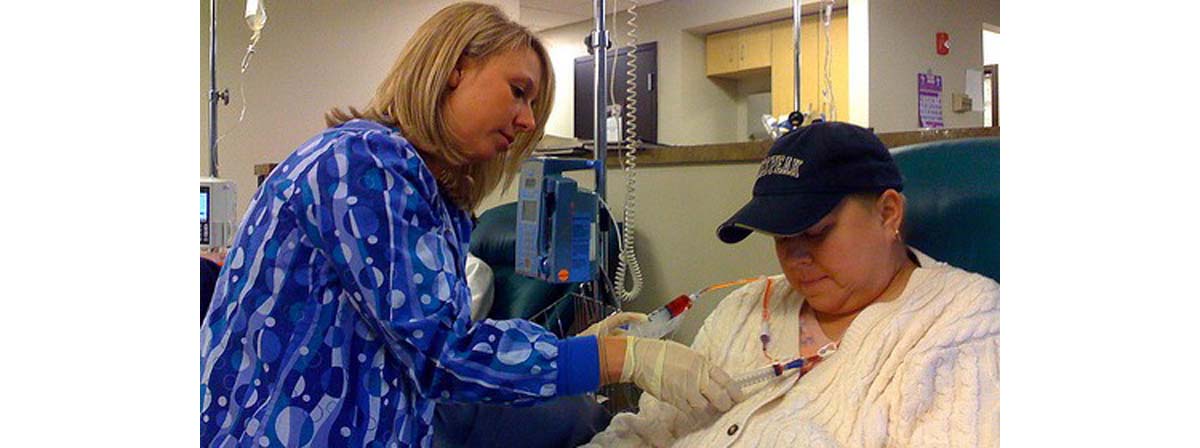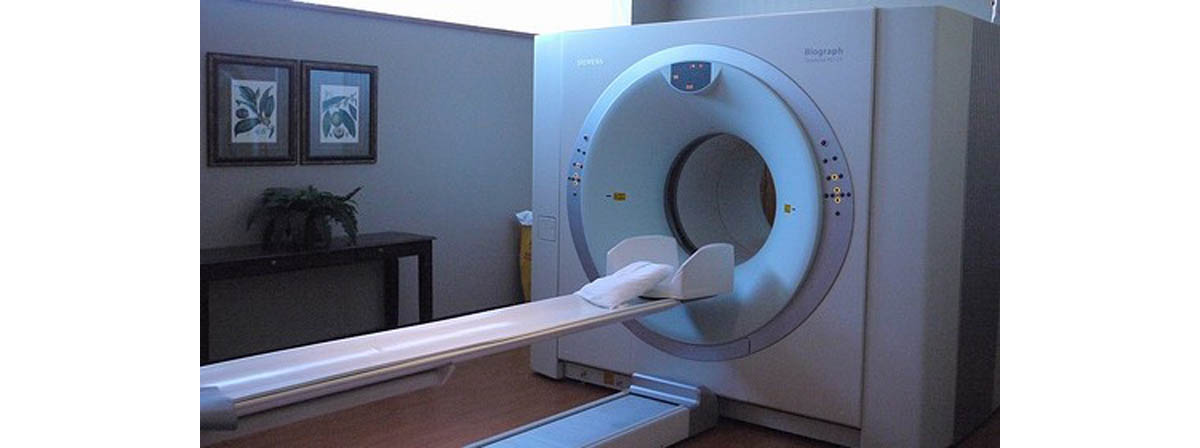Most women believe that breast cancer may be detected through its common warning signs that usually consist of a lump or a bloody nipple discharge. The lump may be felt by physical examination or detected through an imaging technique such as a mammogram.

However, there is one type of breast cancer where a lump may not show either on physical examination or on a mammogram. This may make it more difficult to detect the disease and delay its treatment.
About Inflammatory Breast Cancer
IBC or inflammatory breast cancer is an uncommonform (1-5%) of cancer of the breast that is quite aggressive compared to other types of the disease.
Furthermore, it often does not show up on a mammogram, an imaging exam that provides an x-ray picture of the breast and is often used to screen for the disease.
The American Cancer Organization reports that most women who develop breast cancer are diagnosed when they are older (at an average of about 57 years old), but those who develop IBC tend to have it at an earlier age (about 52 years). African-Americans are more likely to have it than are white women. Overweight or obesity also increases women’s risk of developing the disease.
However, because of its atypical features it is often more difficult to recognize and women are less likely to report it early.
Signs and Symptoms
If inflammatory breast cancer does not show on breast examination of mammograms, how will one recognize the disease? The signs and symptoms of IBC are typical of an inflammatory process, as its name implies.
Women with inflammatory breast cancer will initially notice swelling and reddening of their breast instead of feeling a lump. They may also experience breast warmth, ridging, and thickening of the breast skin.
Their skin may look and feel like an orange peel and their nipple may become flattened or inverted. They may feel some pain, tenderness, and itching, which are also felt by women who develop mastitis.
This is one reason why women sometimes do not think of cancer and mistake these symptoms for acute inflammation associated with mastitis. Since mastitis is a more common condition, especially in pregnant and lactating women, doctors may treat these women with antibiotics.
However, IBC symptoms tend to worsen within days or sometimes, even hours. It is therefore important to recognize these symptoms and to seek prompt treatment. Women who do not improve with antibiotic therapy must be further evaluated for IBC.
Diagnosis, Treatments and Prognosis
A woman who has inflammatory breast cancer may have a normal mammogram – that is, except for the denser breast tissues, no tumor is seen. However, if the physician suspects IBC, he may request for other imaging tests such as a breast ultrasound, which may reveal the presence of enlarged lymph nodes and breast tumors, if any.

Magnetic resonance imaging (MRI), positron emission tomography (PET) scan, and computed tomography (CT) scan may help detect tumors and lymph nodes. They may also be used in guiding a needle to obtain samples of tissue for biopsy, which will confirm the presence of cancer cells.
Therefore, it is never detected at an early stage and is always found at least in the locally advanced (stage IIIB) state when first diagnosed.
This makes it more difficult to achieve successful treatment compared to other types of breast cancer. To determine the extent of spread of the disease, further tests may be done, including:
- X-ray, MRI or CT scan of the brain, chest, abdomen and pelvis to determine metastasis to the brain, lungs and other internal organs
- Bone scan, to determine if bones have been affected
- Liver function tests, to determine liver involvement
In addition to these, the doctor may also request for tests to determine the presence of hormone receptors for estrogen and progesterone. They may also check for HER2 receptors, the presence of which increase tumor growth. The results of these tests will aid in the management of the disease.
Treatments
The management of advanced IBC involves the combination of various treatments, including:
- Chemotherapy, a systemic type of treatment that involves taking pills or injecting drugs that can kill cancer cells and prevent their spread.
- Surgery to remove the breast cancer.
- Radiation therapy, to shrink the tumor.
- Targeted drug therapy, to kill cancer cells without affecting normal cells.
- Hormonal therapy, to reduce tumor response to certain hormones.
- Herceptin therapy, to block rapid tumor cell growth.
The use of these therapeutic modalities will depend on various factors such as the stage and response of the cancer to treatment, the general health of the patient, and the patient's preference.
Prognosis
Although in the past, patients were found to live only about 18 months (average) after diagnosis, advances in treatment has increased survival rates. Previous data gathered by the National Cancer Institute shows that for patients who were diagnosed with IBC between 1988 and 2001, about 40% survived the disease five years after they were initially diagnosed.
This 5-year survival rate is much lower than the rate for other types of breast cancer, which was about 87%.
- Photo courtesy of Arkansas ShutterBug by Flickr : www.flickr.com/photos/tanyaspillane/3060063652/
- Photo courtesy of Thirteen Of Clubs by Flickr : www.flickr.com/photos/thirteenofclubs/5490413146/
- www.breastcancer.org
- www.cancer.org
- www.webmd.com
- www.abcactionnews.com

